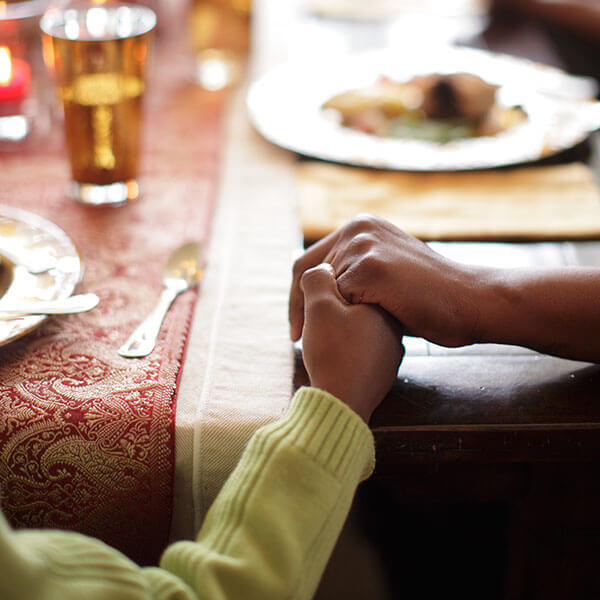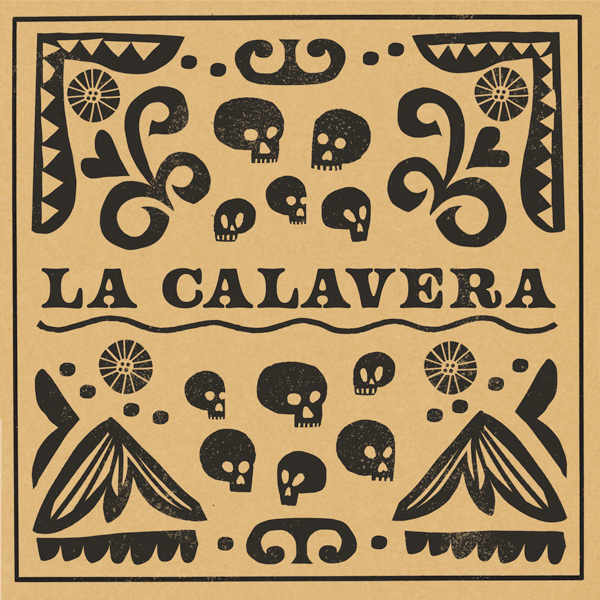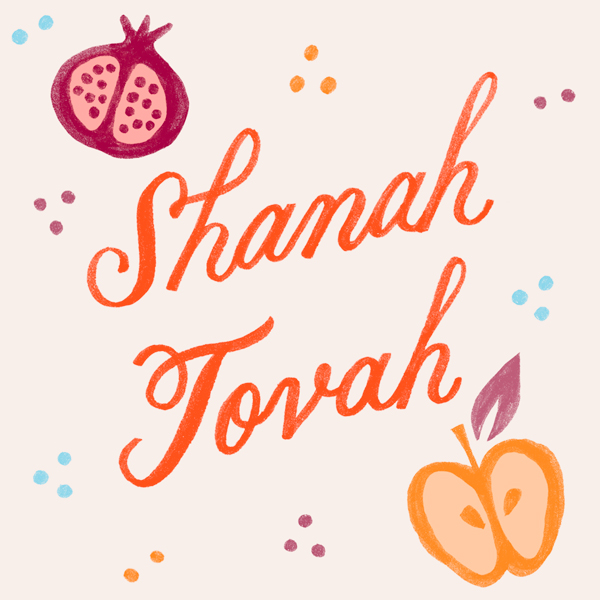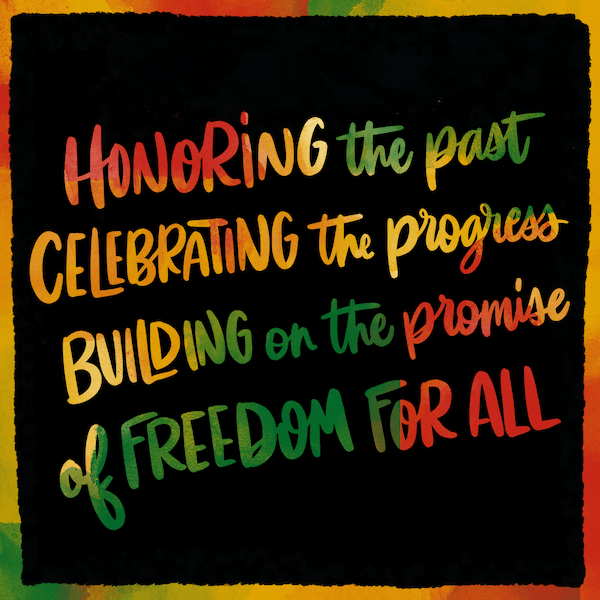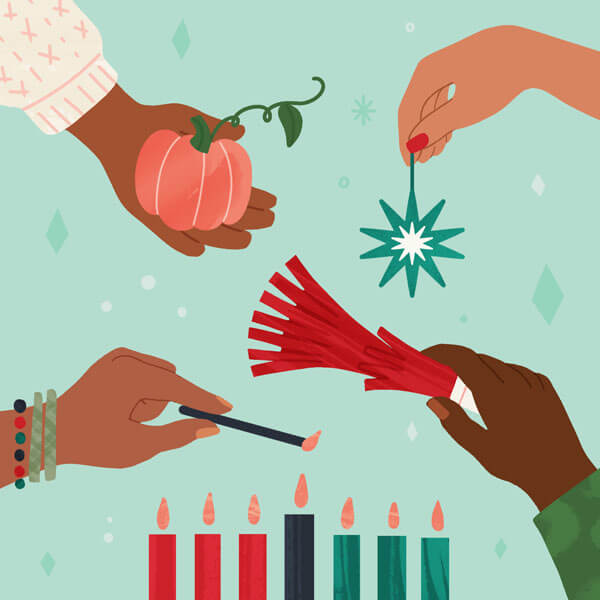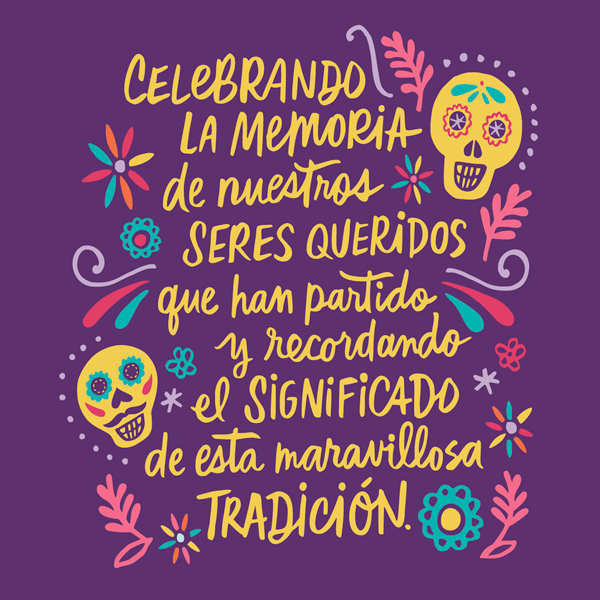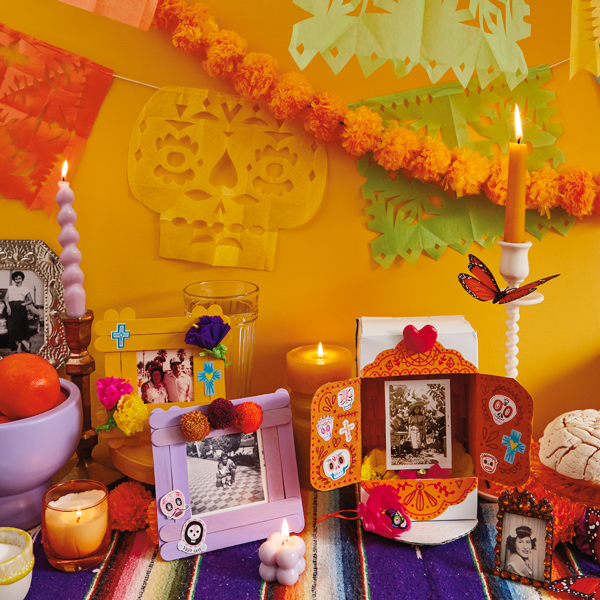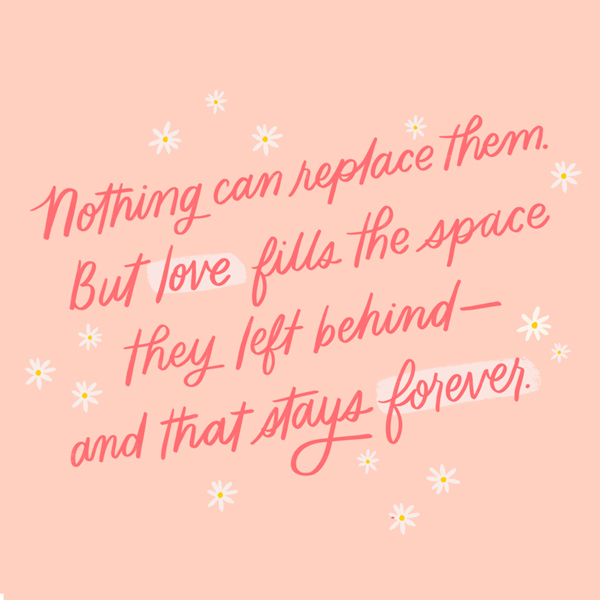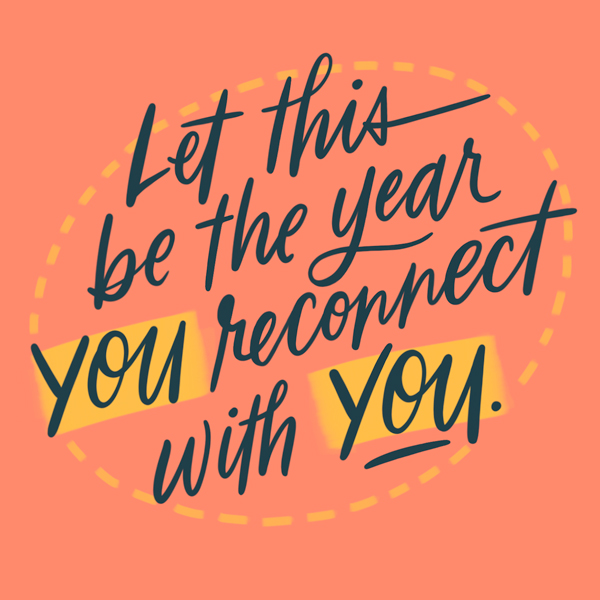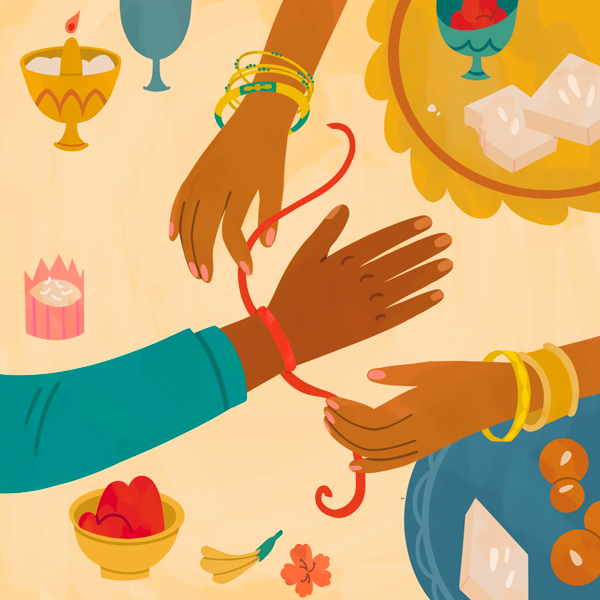The history of Thanksgiving and alternative ideas for celebrating gratitude
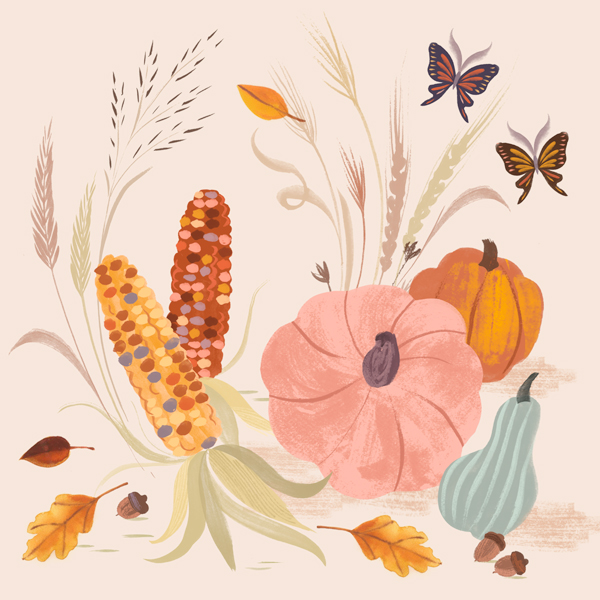
Many of us in the United States have celebrated Thanksgiving through the years without knowing its origins, perhaps having learned an oversimplified version of the “first Thanksgiving” as kids. Now that we have access to richer and more factual historical information, we can learn more about that feast, the people who were there and how they have shaped the ways Thanksgiving is observed by different Americans.
As our appreciation and understanding of our nation’s history grows, making room for more stories and experiences, you could be left wondering what that means for Thanksgiving traditions. Are there new ways to celebrate or observe the day? We hope you’ll find some things to think about here.
Inspired? Create and share by tagging @hallmarkstores.
The History of the Wampanoag
Indigenous people called the Wampanoag, which means People of the First Light, lived in the area known by many today as Cape Cod, Nantucket, Martha’s Vineyard and parts of Massachusetts and Rhode Island for 12,000 years prior to the arrival of European colonists. In the early 1600s, Wampanoag Nation numbered around 40,000 and its people were organized into 69 villages.
The Pilgrims’ Arrival
In 1620, a group of about a hundred English Puritan Separatists traveled on a ship called the Mayflower and landed on the tip of what is now known as Cape Cod, then traveled to Patuxet, now called Plymouth, Massachusetts. They came seeking religious freedom and economic opportunity. Worn down by their passage and unprepared for the harsh weather, nearly half of the colonists died during their first year in Plymouth. They had a lot to learn about life in their new home.
The “First Thanksgiving”
Thanks to the Wampanoag teaching them to grow corn, beans, squash and other crops, the English had a successful harvest in the fall of 1621. They celebrated their bounty and their survival with a three-day feast that may have been influenced by the English Harvest Home festival, a celebration of gratitude and a chance to offer food to those in need.
The Wampanoag were not invited to the festival, but Ousamequin and 90 of his men attended and contributed deer to the feast.
Cause for Mourning
Despite sharing a harvest feast and being bound by treaty, relations broke down between colonists and the Wampanoag as the English betrayed agreements, stole goods and land and initiated wars in efforts to dominate the Wampanoag. Centuries of conflict, disease, death and cultural genocide followed. Considering this history, it is understandable why many Indigenous people today consider Thanksgiving a day of mourning, not a day of celebration.
How Thanksgiving Became a Holiday
Thanksgiving did not become a national holiday in the United States until more than two centuries after the feast in Plymouth. In 1789, President George Washington issued a proclamation designating for “the People of the United States a day of public thanks-giving” to be held on “Thursday the 26th day of November” that year, marking the first national celebration of the holiday.
But it wasn’t until 1863, in the middle of the Civil War, that President Abraham Lincoln established Thanksgiving as a national holiday. He again called for national unity after the devastating Battle of Gettysburg and declared Thanksgiving a day of prayer for the widows, orphans, mourners and others who suffered in the war.
Modern Day Indigenous Observances of Thanksgiving
Today, about 4,000 Wampanoag remain in New England. They continue their way of life through oral traditions, ceremonies, traditional arts and crafts, the Wampanoag language, song and dance, social gatherings, hunting, fishing, gardening and gathering.
Participants in National Day of Mourning honor Indigenous ancestors and Native resilience. It is a day of remembrance and spiritual connection, as well as a protest against the racism and oppression Indigenous people continue to experience worldwide.
Alternative Ideas for Celebrating Thanksgiving
Considering the complex and complicated history of Thanksgiving, you may feel the desire to adapt or expand your usual celebration. So we’ve gathered some ideas for honoring Indigenous peoples, giving back to your community and showing gratitude in unique ways.
Ideas for Honoring Indigenous Peoples Around Thanksgiving and All Year
None of us were present in 1621, but we’re here now and that means we have opportunities to learn, to do better and to build relationships that create a better future for everyone.
Here are some ways you can honor Indigenous peoples, whether your efforts are related to finding alternative ideas for celebrating Thanksgiving or simply wanting to have a better understanding of our past, present and future.
- Attend a National Day of Mourning event near you or tune into a livestream of the commemoration at Plymouth, Massachusetts. Learn more about the event history and expectations before you attend.
- Learn more about the Indigenous nations who first lived and/or still live where you now live. Try your local library and American Indian organizations to dig into the stories, historical figures, and current affairs and events of Indigenous people in your area.
- Throughout the year, build relationships and stay connected with local Indigenous groups, to learn how you can support their community efforts and initiatives.
- Read a translation of the Haudenosaunee Thanksgiving Address. This recitation is spoken at community gatherings, ceremonies and other important events of the six nations of the Haudenosaunee (Mohawk, Oneida, Onondaga, Cayuga, Seneca, and Tuscarora), who live in New York State and parts of southeastern Canada.
- Observe Native American Heritage Day or Month (also in November) by learning about the tribal nations, including their legends, language and accomplishments.
Ideas for Helping Your Community at Thanksgiving and All Year
Nonprofit organizations tend to be flooded with volunteers around Thanksgiving and Christmas but short on helping hands the rest of the year. Get in touch ahead of time and see when your help would be best put to use.
- Volunteer to work at, or gather donations for, a local food pantry.
- Deliver greeting cards to a senior living community. Bonus points if they include kid art.
- Serve a meal at a local shelter for people without housing.
- Donate to a local school’s clothing closet for kids in need.
- Deliver a meal to a neighbor who is unable to leave home.
- Sell seasonal baked goods and use the profits to benefit an organization you care about.
- Invite guests to a meal who don’t have a place to go for the holiday.
Ideas for Sharing Gratitude on Thanksgiving or Any Day
There’s nothing wrong with going around the table and saying what you’re grateful for, but we’ve come up with a few ideas to help you bring the tradition to life in new ways.
- Play gratitude telephone. Instead of saying out loud what you’re grateful for, whisper it to the person next to you, then they whisper it to the person next to them and so on until it gets all the way back to you. See if your message stayed intact or got lost in translation.
- Go on a gratitude scavenger hunt. Everyone scatters throughout the home and comes back with three items that represent what they’re grateful for. Put on a little show-and-tell about your items and say why you’re so thankful.
- Draw your gratitude. Set a timer and have everyone draw something they’re thankful for. Turn it into a game by taking turns trying to guess what the other person is drawing. These place mats double as decor and an activity.
- Speak your gratitude language. Do you feel most appreciated with a simple thank-you? Would you rather get a small gift that says thanks? Share with the people around your table how each of you likes to give and receive gratitude.
Ideas for Thanksgiving Gifts
No one expects a Thanksgiving gift, and that makes it even more fun to give one. Whether it’s a token of appreciation for a holiday host or a surprise sent across the miles to someone you miss, you’ll be bringing the smiles to your crew.
- Record your voice reading this I’m Thankful for You Recordable Storybook and give it to a special kid in your life.
- Make a dish from this Friendsgiving recipe book and bring it to your chosen-family gathering.
- Set the seasonal mood with this scented harvest festival candle.
- Give the gift of cozy with this plush blanket.
Ideas for Thanksgiving Card Messages
It’s always a good time to share your gratitude for the people in your life. A card is a simple and meaningful way to say thank you. Need help knowing what to write in the card? Don’t miss these helpful idea starters from Hallmark writers.
Who to thank:
- Relatives and close friends
- Teachers, coaches, caregivers and helpers
- Co-workers, bosses and employees
- Mentors and role models
- Essential workers
With a fuller picture of Thanksgiving history and some alternative ways to spend the holiday, we hope we’ve offered some inspiration for new ways to observe the day with people you love.
Shop Thanksgiving
See allYou may also like
See more-
Thanksgiving Thanksgiving traditions: Start a tradition of thankfulness
This year, count your blessings and give thanks with these fun and meaningful Thanksgiving traditions—they just might...
-
Fall How to write literary calaveras for Día de Muertos
You’ve made your ofrenda (altar), hung your papel picado (paper banners), and decorated your calaveras de azúcar (sug...
-
Faith How to attend a bar mitzvah or bat mitzvah: A guide for non-Jewish guests
How to attend a bar mitzvah or bat mitzvah.
-
Christmas 80 ideas for holiday family traditions
Find 80 ideas for holiday family traditions.
-
Fall What is Rosh Hashanah?
What is Rosh Hashanah? Learn more.
-
Summer Ways to celebrate Juneteenth
While Juneteenth was officially recognized as a federal holiday in 2021, this pivotal moment in history has been cele...
-
Christmas Christmas and Kwanzaa: Keeping family holiday traditions and finding your own
Whether you’re single or starting a family, religious or agnostic, someone who celebrates Christmas and Kwanzaa or ju...
-
Fall Día de Muertos: A celebration of life and love
Día de Muertos, Day of the Dead, is a holiday originally celebrated in the southern and central parts of Mexico and i...
-
Winter What is Lunar New Year?: Shining a light on a celebration shared by billions
Lunar New Year is celebrated by an estimated 2 billion people around the world. It’s a holiday that marks the arrival...
-
Hanukkah What Is Hanukkah?: Sharing in the spirit of a joyous Jewish holiday
Hanukkah is a time for celebrations that thrive in food, family, friends and faith. But with Jewish culture being so ...
-
Arts, Crafts & DIY Día de Muertos crafts to celebrate with family
The sweet smell of pan de muerto baking, colorful decorations and pictures selected with care, special memories being...
-
Father's Day An ode to dad mugs: Musings on missing out on one of the best Father's Day gifts
I think coffee is gross. I think tea tastes like water dreaming about what it would feel like to have flavor. I only ...
-
Mother's Day Mother's Day without Mom: Remembering lost loved ones with new traditions
This Mother’s Day will be my third without my mom. She died just before Thanksgiving and Christmas in 2020, which mad...
-
Mother's Day Mother’s Day traditions to start this year
There are infinite ways to celebrate your special lady on Mother’s Day: A self-care spa outing, dinner at her favorit...
-
New Year's Why New Year’s is the Perfect Time to Update Your Address Book
You know those little lifestyle or organization tips that you hear about and you’re like, “That’s so simple—why didn’...
-
New Year's Guilt-Free New Year's Resolutions
“New Year’s resolutions.” To some, those words are filled with pure possibility...an invitation to start anew, comple...
-
Christmas A Christmas tribute: meaningful ways to weave memories of lost loved ones into new holiday traditions
For many of us, Christmas is the time of year when we miss our lost loved ones the most. Finding ways to memoriali...
-
Fall What Is Diwali?: Five days of celebrating peace and light
Diwali, also called Deepavali, is known as the Festival of Lights. Filled with joy and incredibly family-oriented, it...
-
Summer What is Raksha Bandhan?
Sisters share a special bond with their brothers—one of love and care. And that’s what the South Asian holiday Raksha...
-
Summer What is Eid al-Adha?: How Muslims Honor Devotion and Celebrate Community
As an observance of great sacrifice as well as an opportunity for strengthening the bonds of community, Eid al-Adha i...

